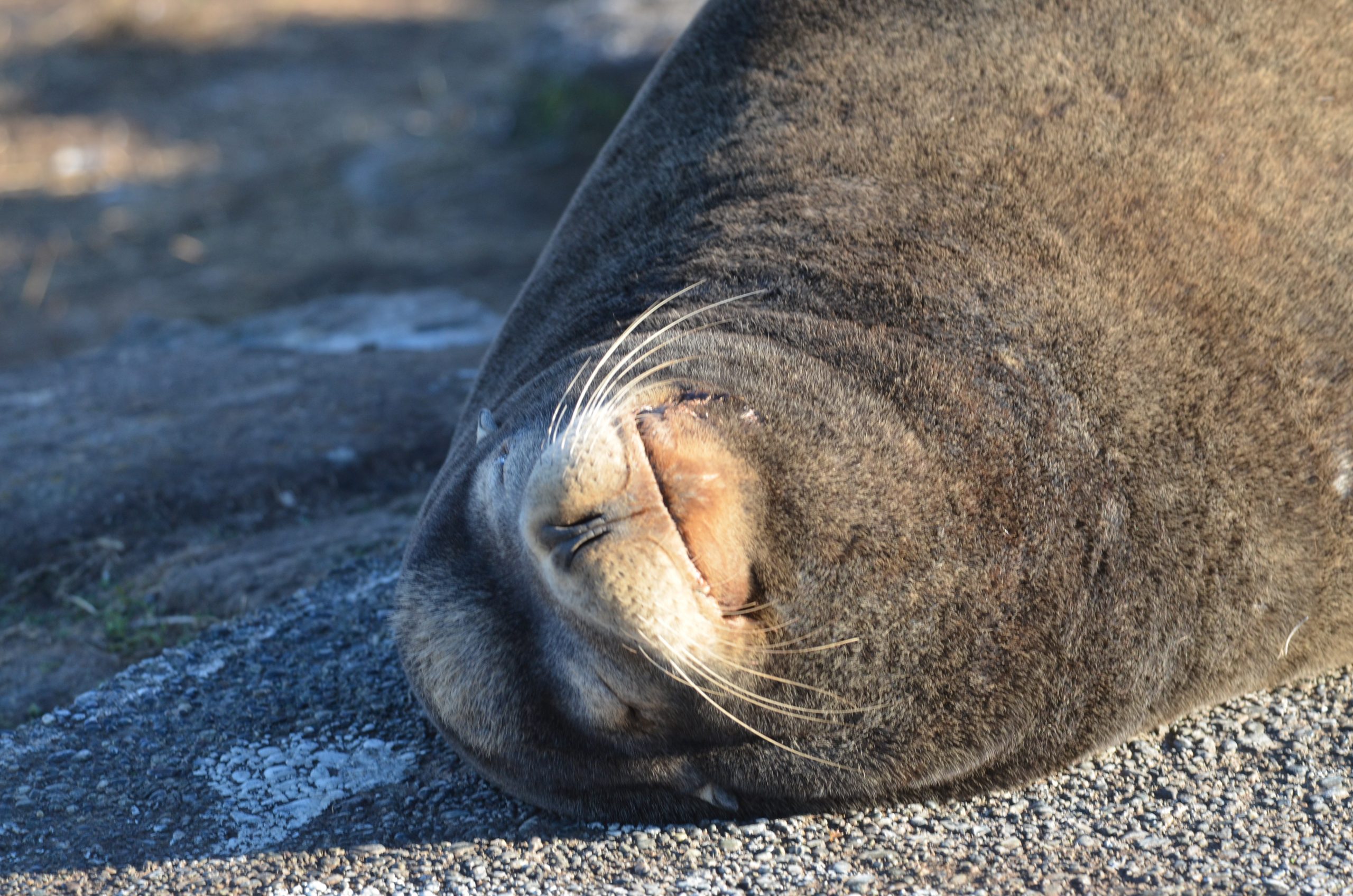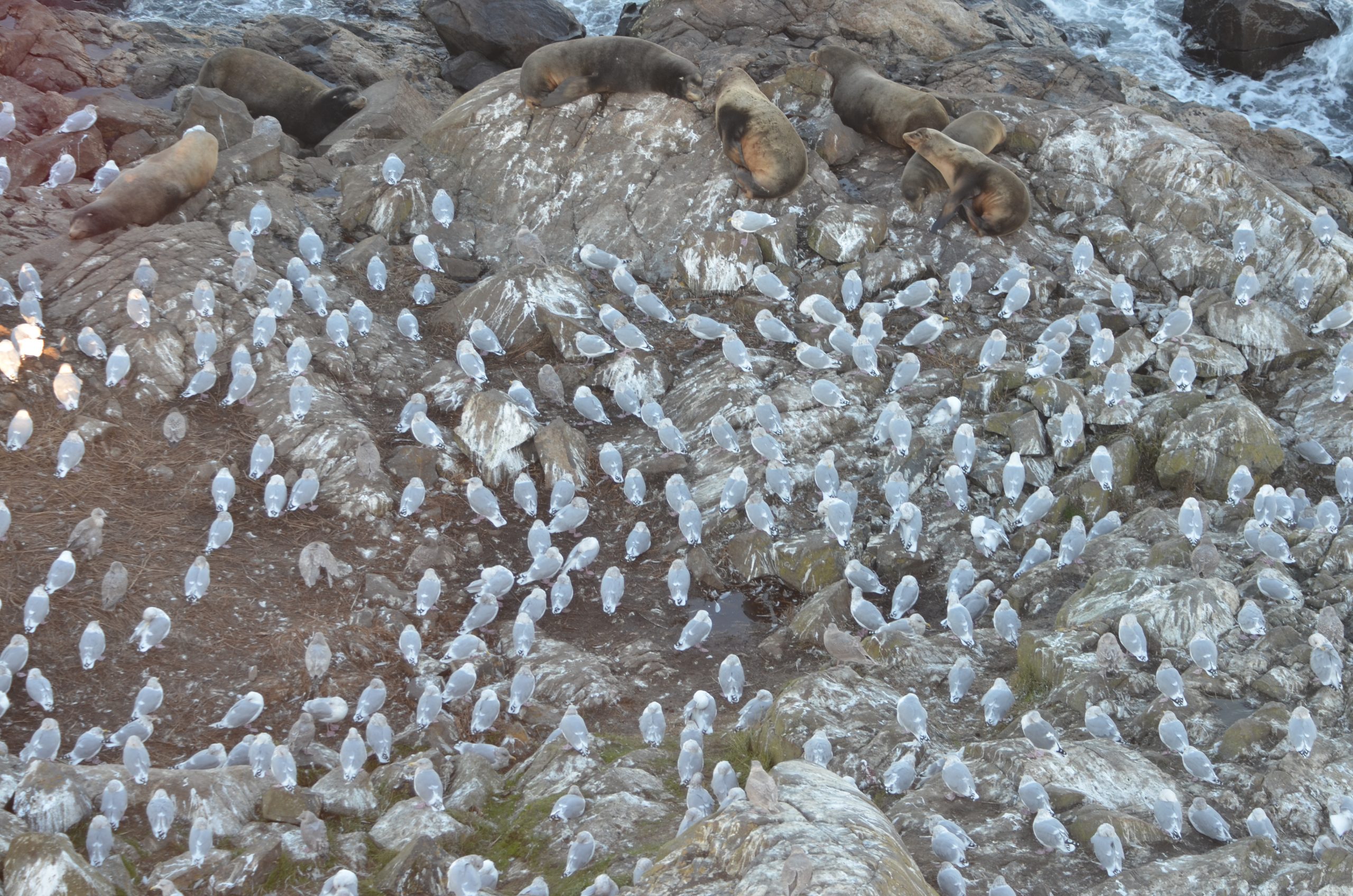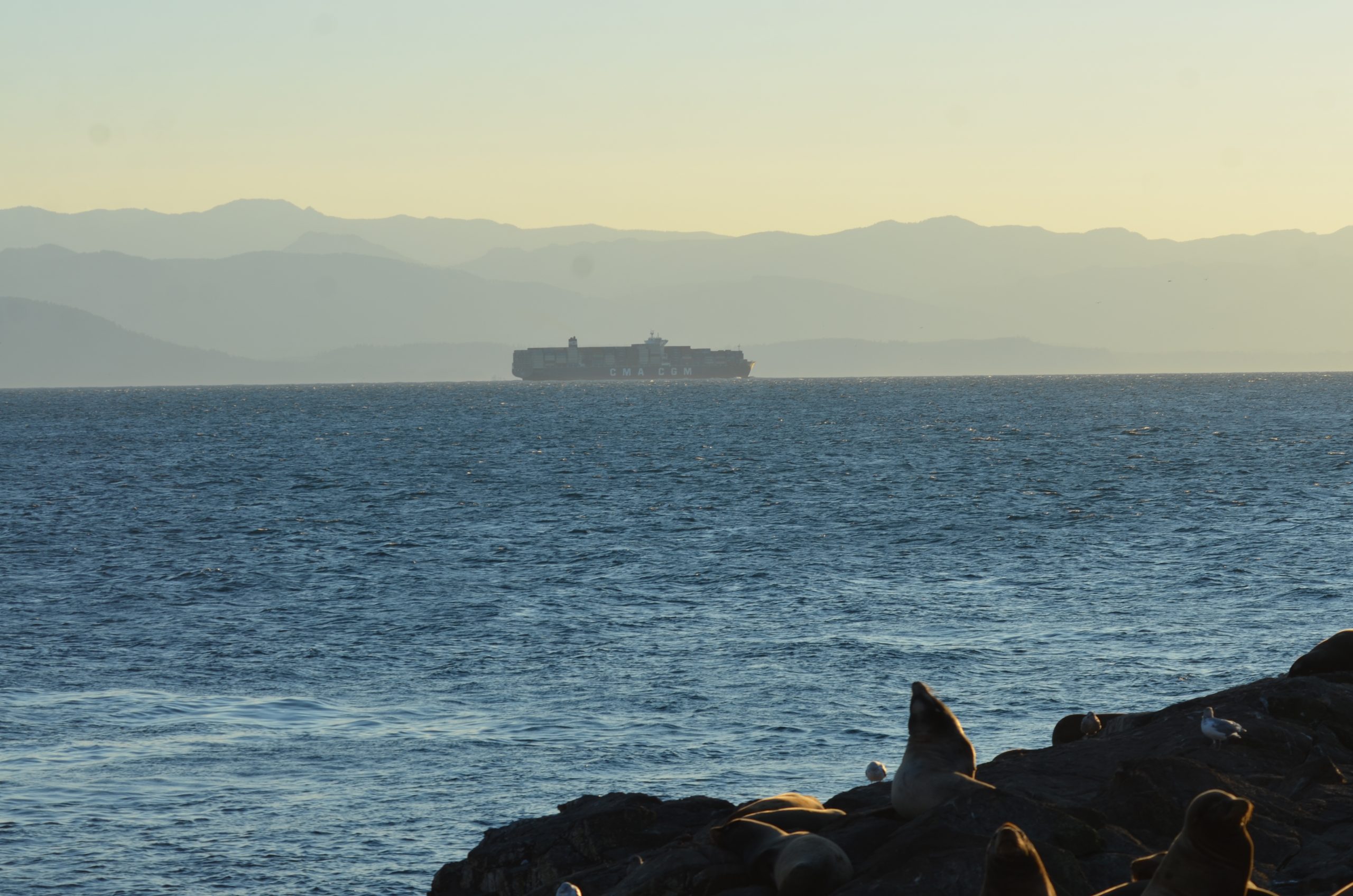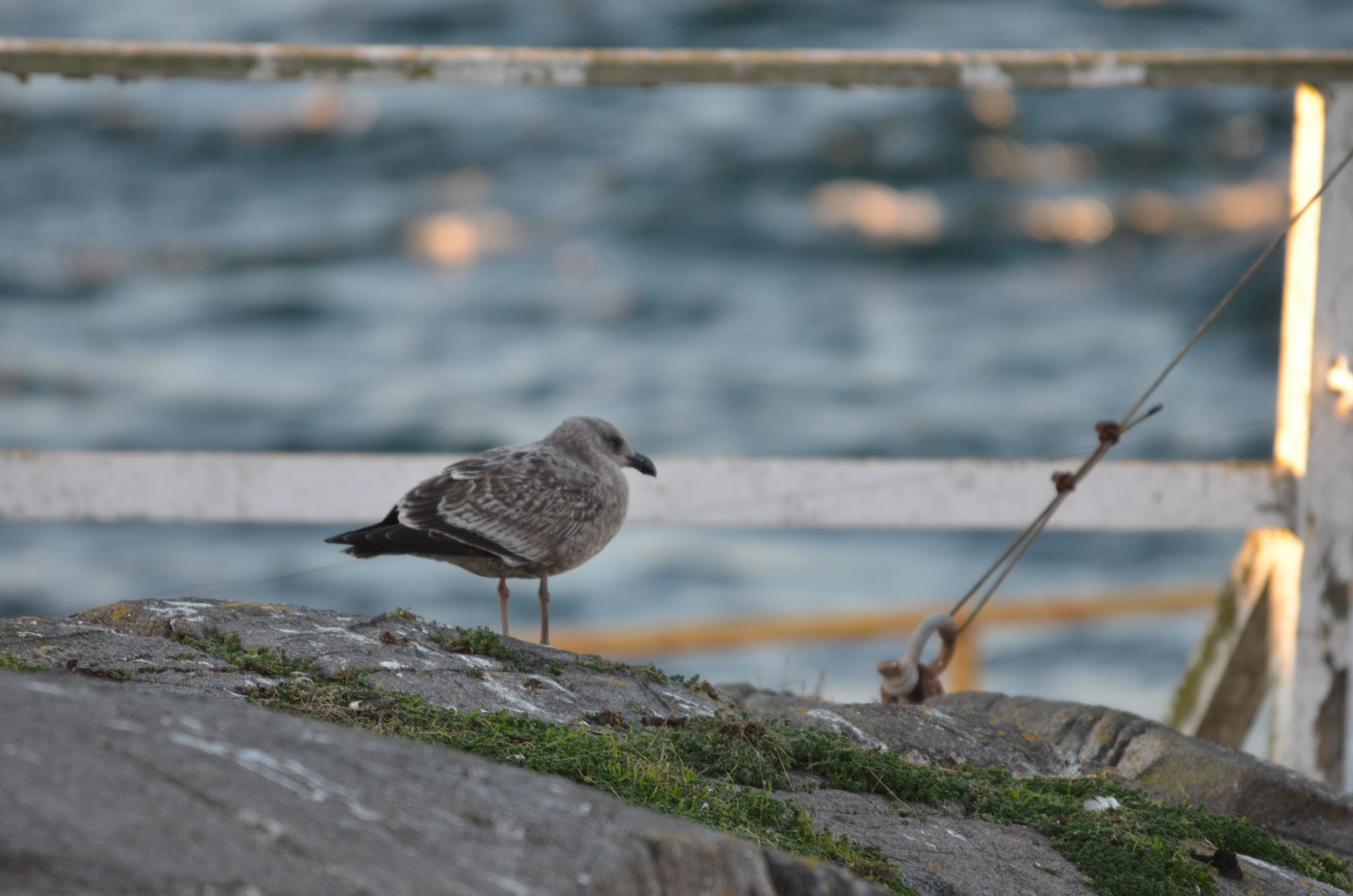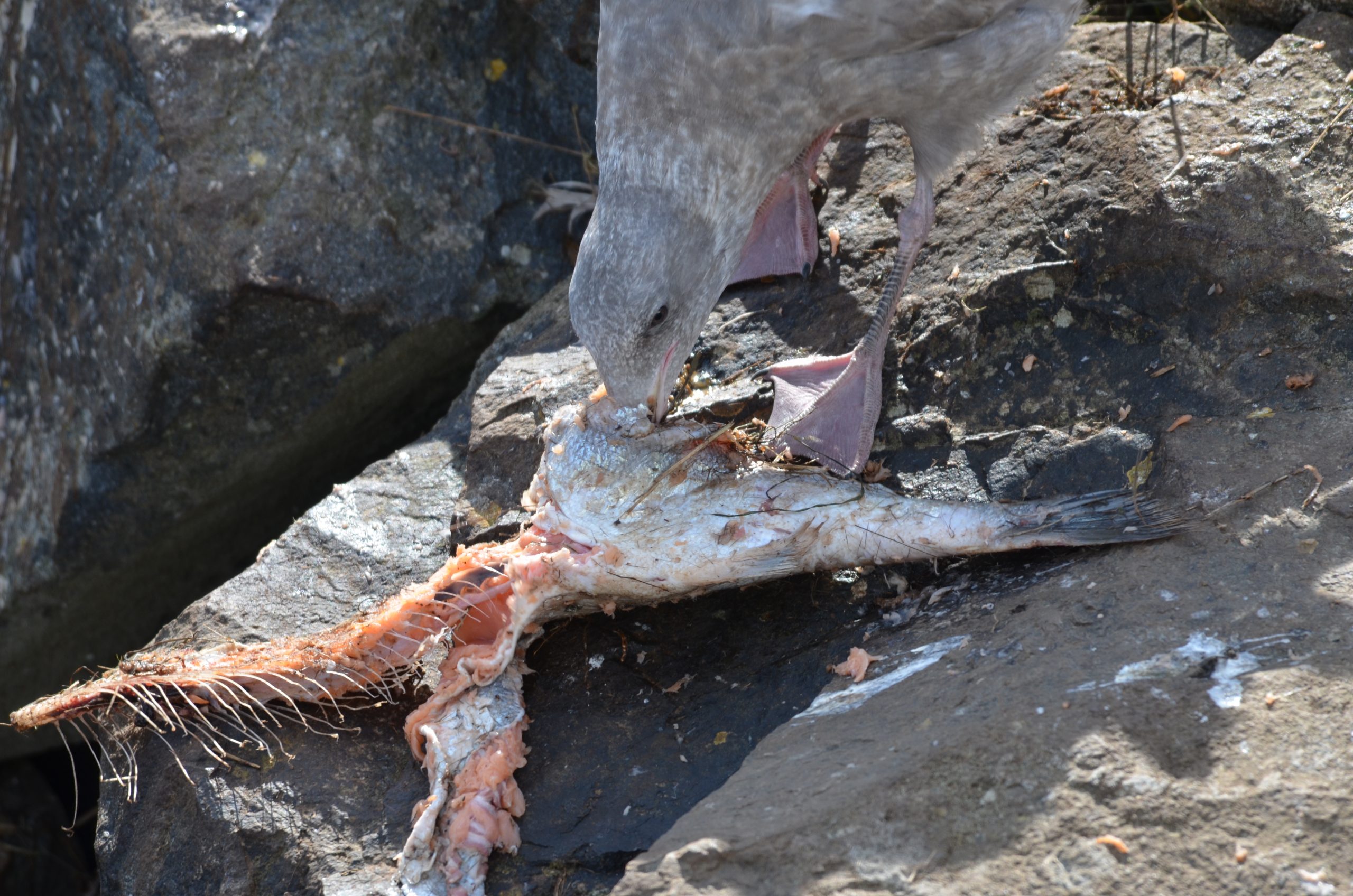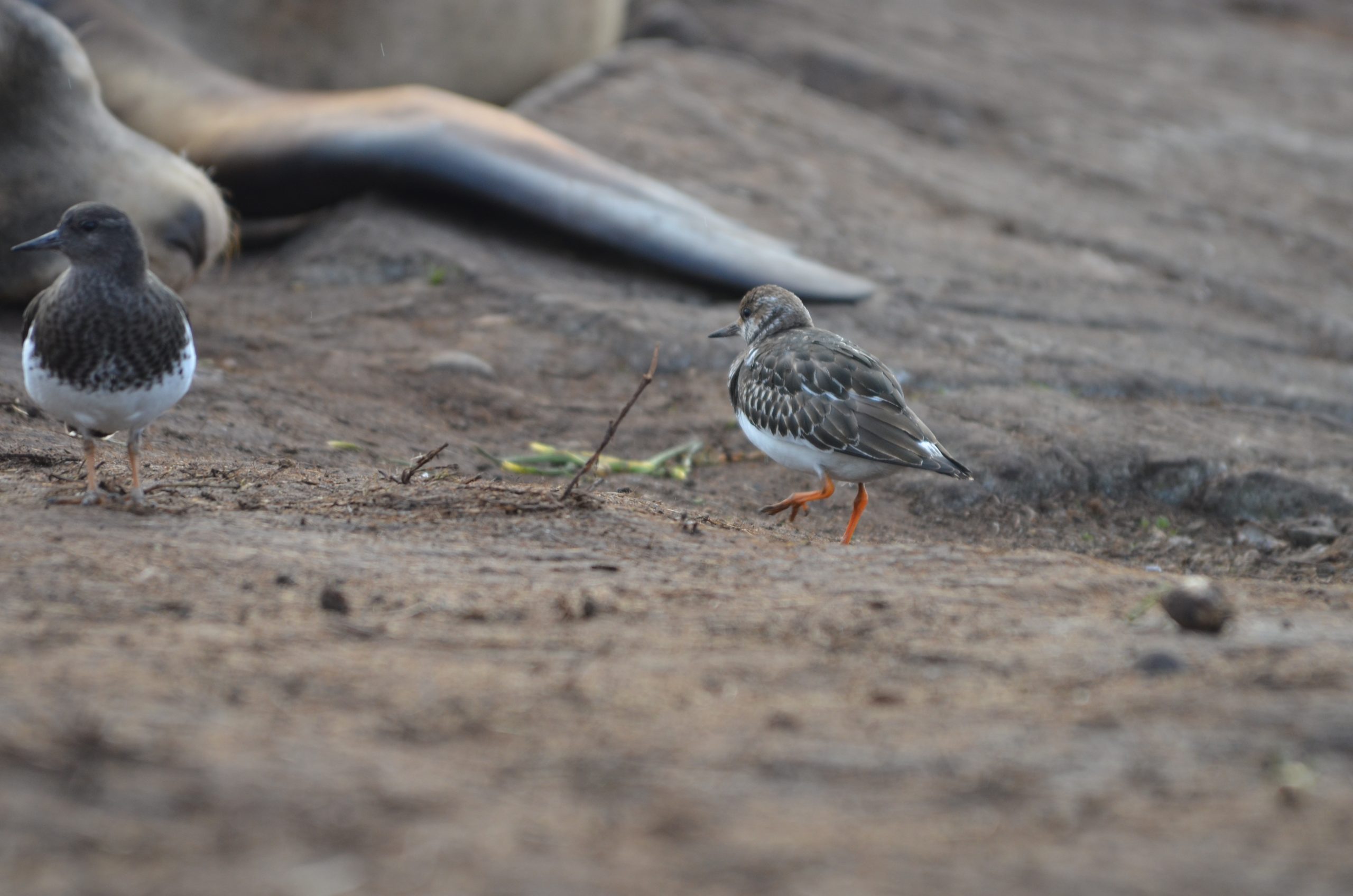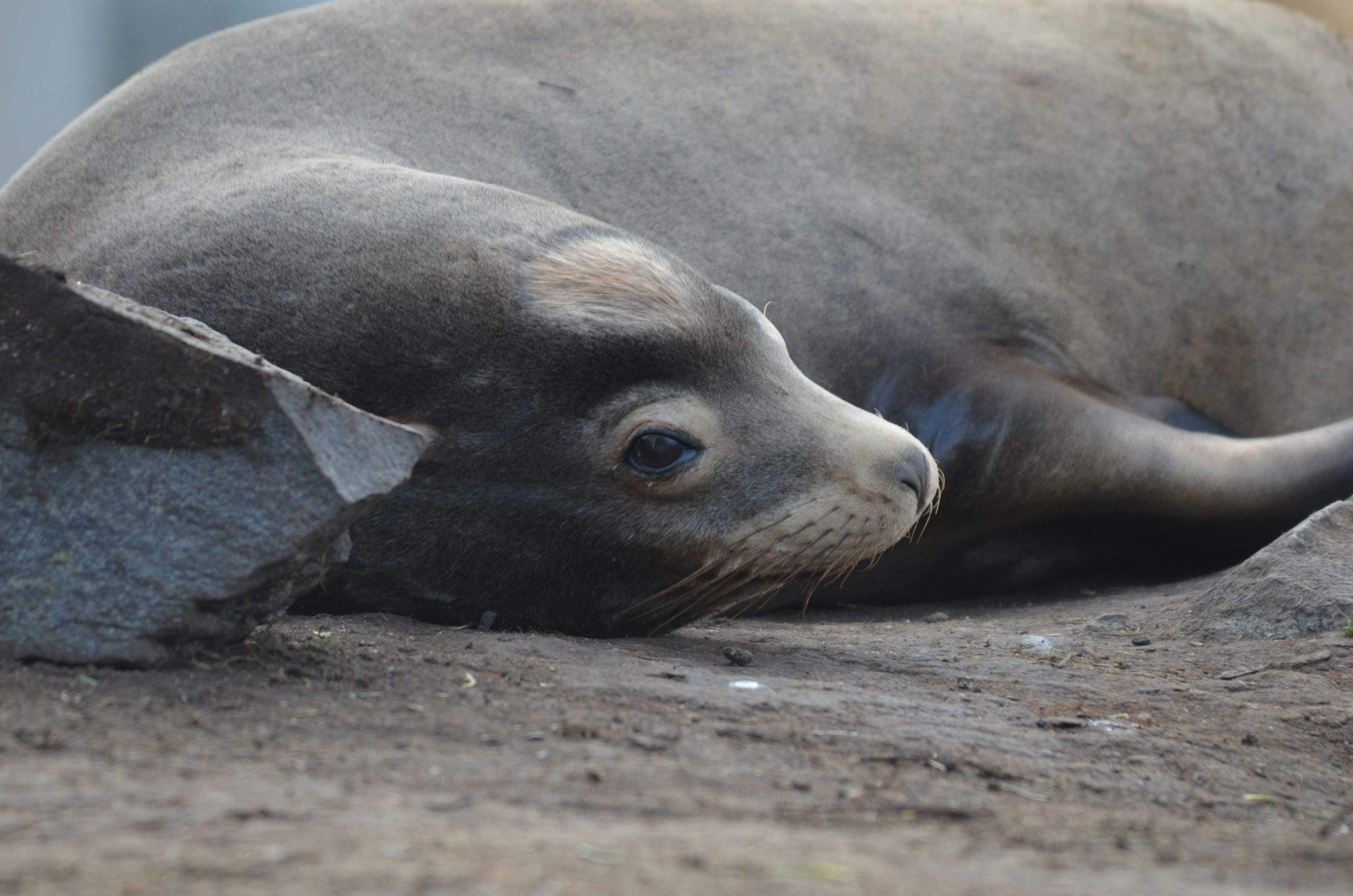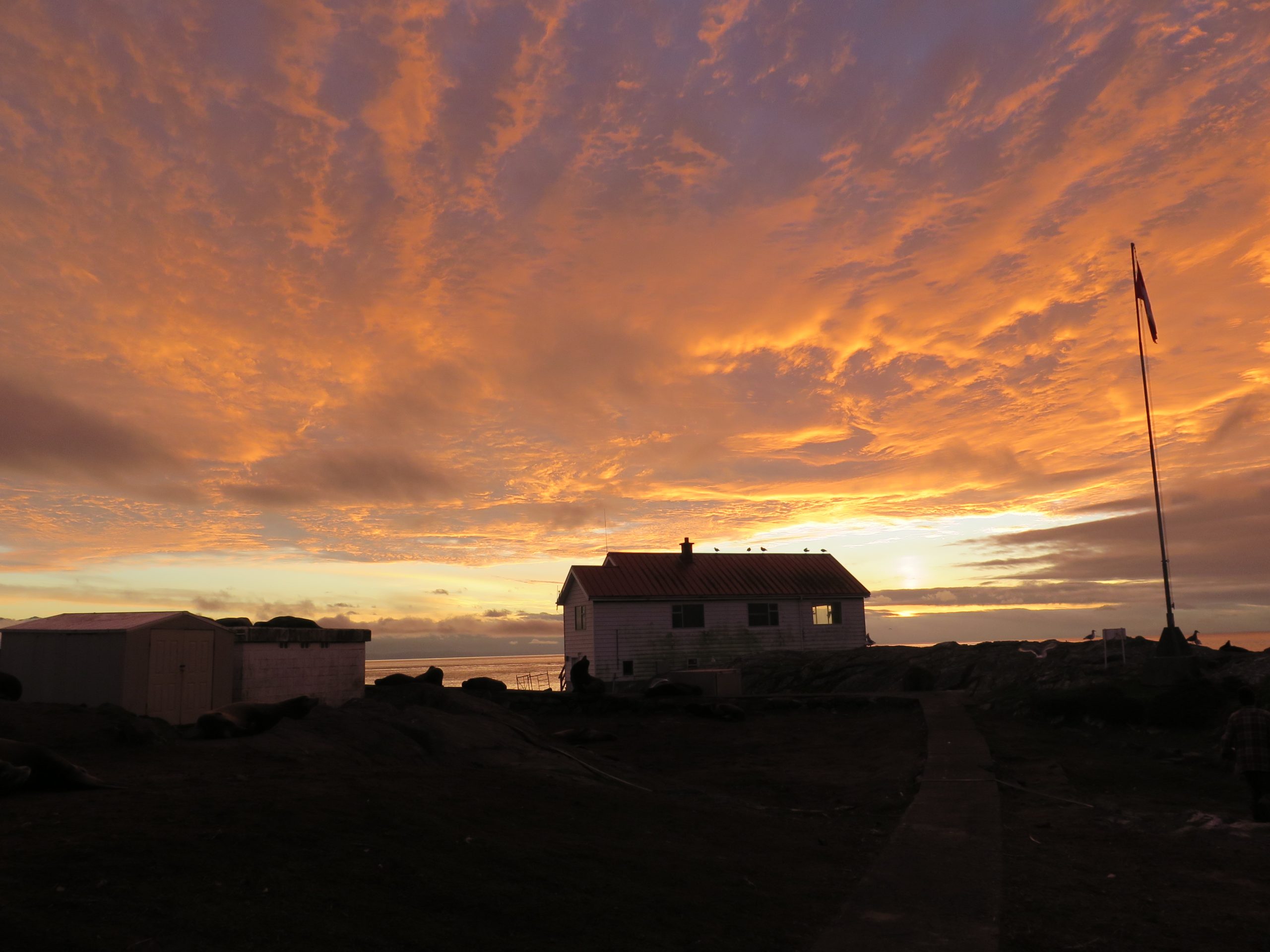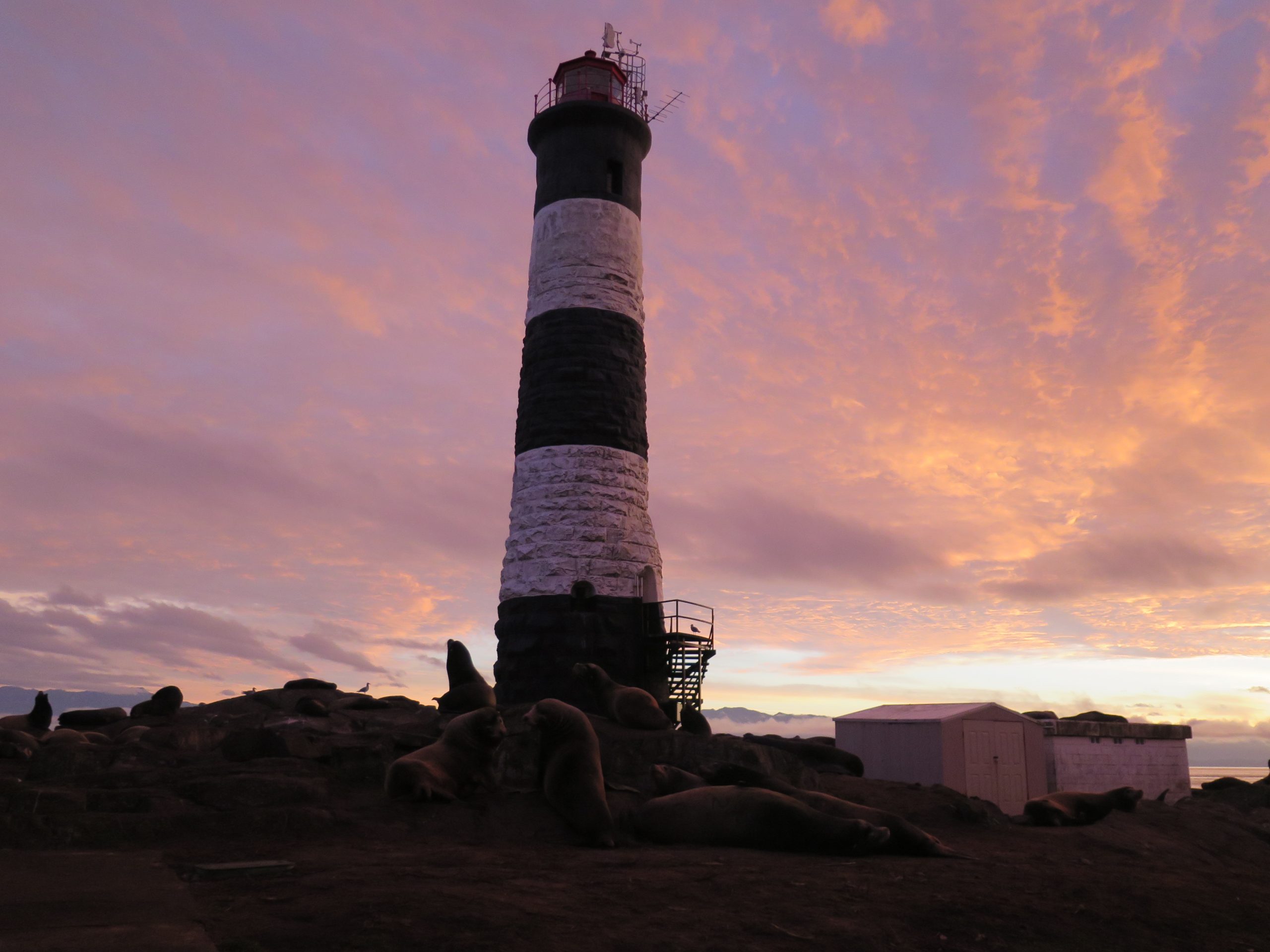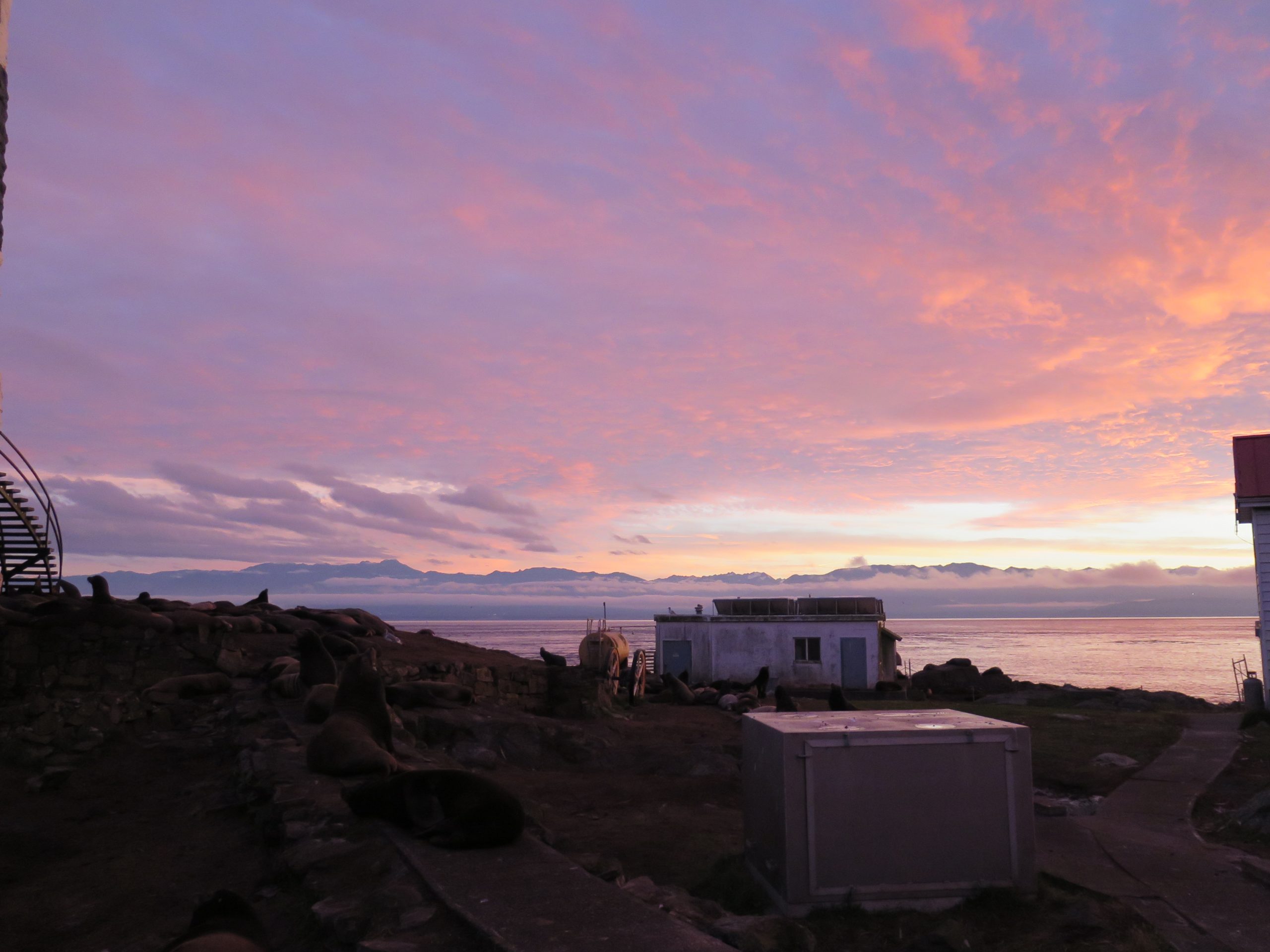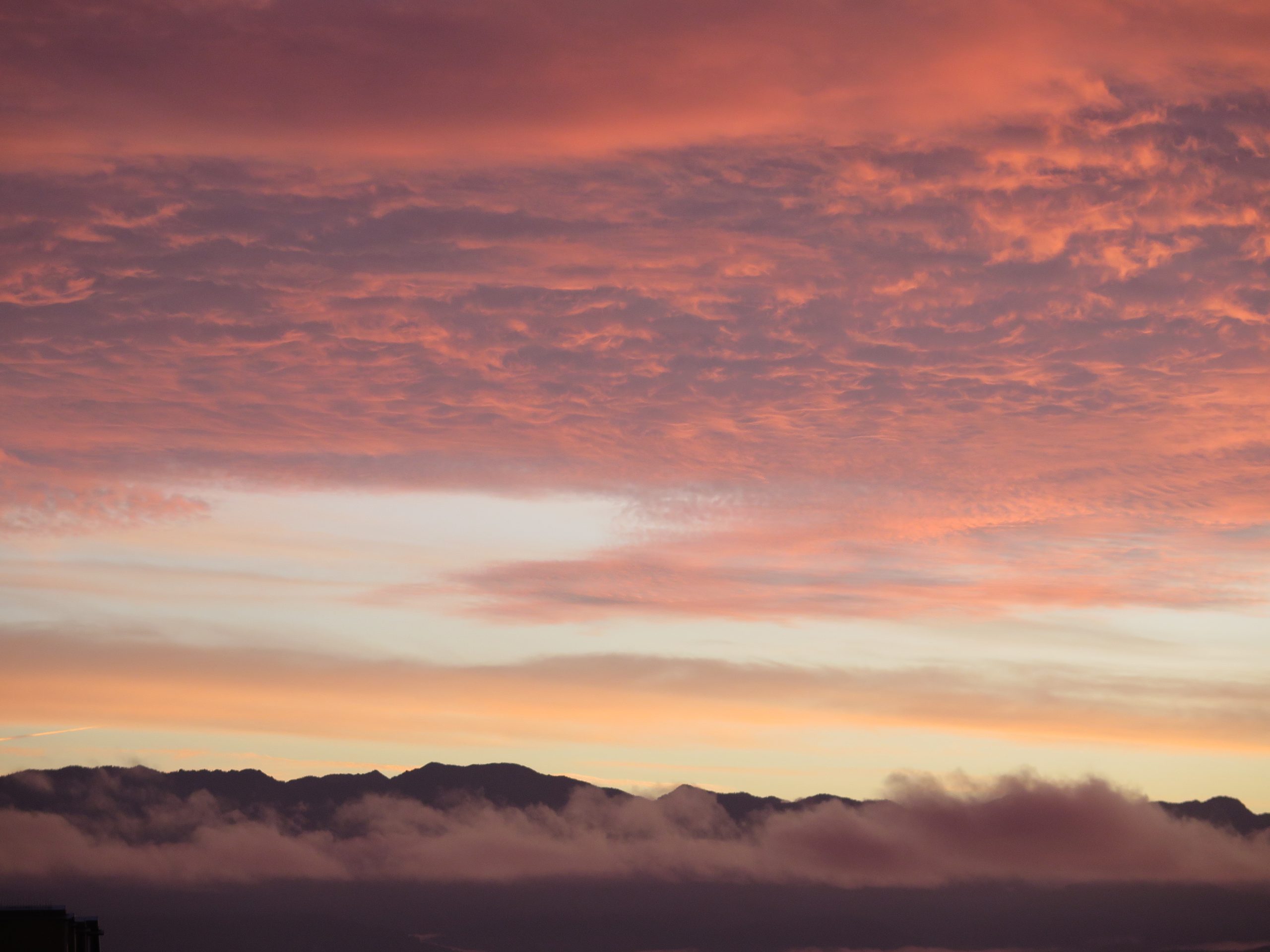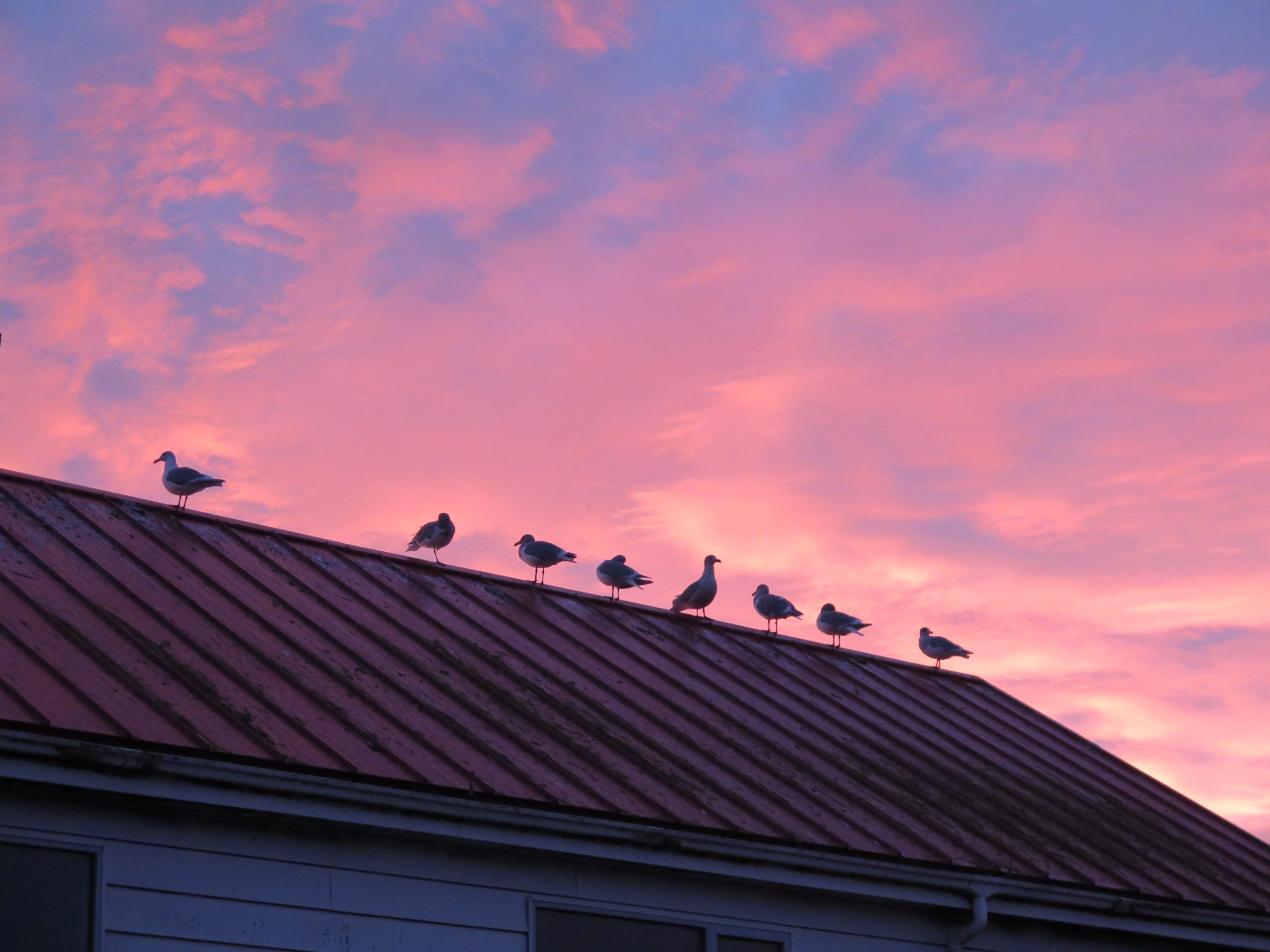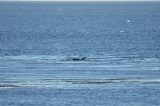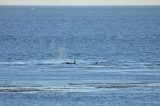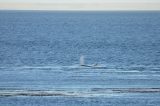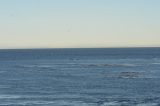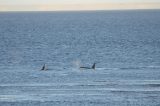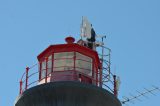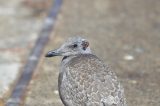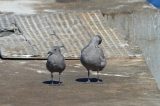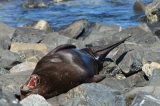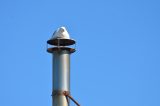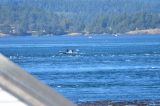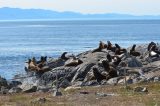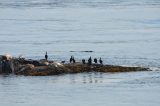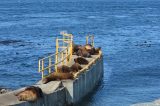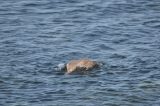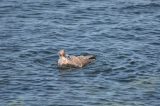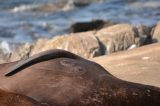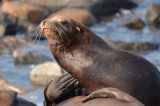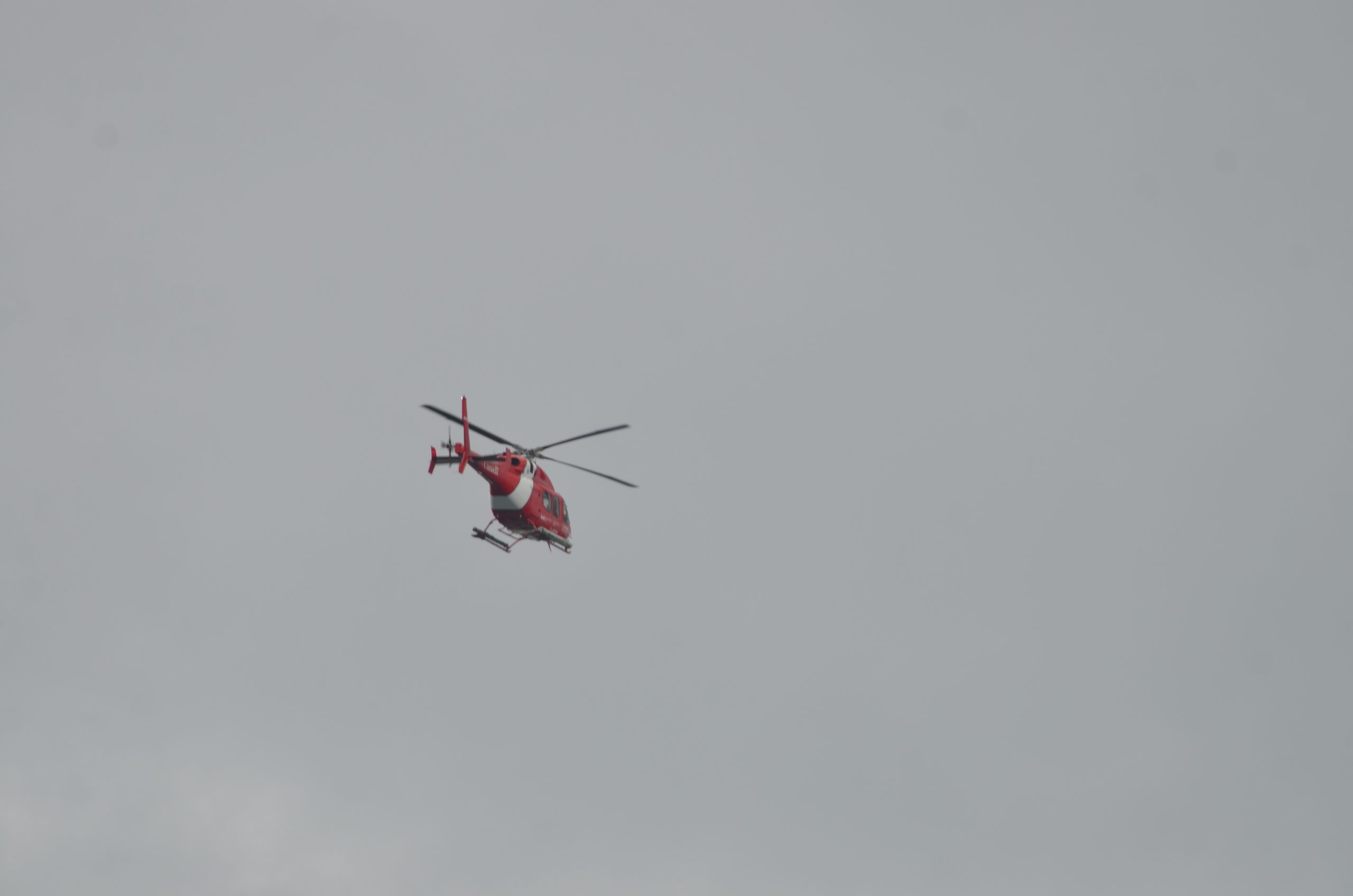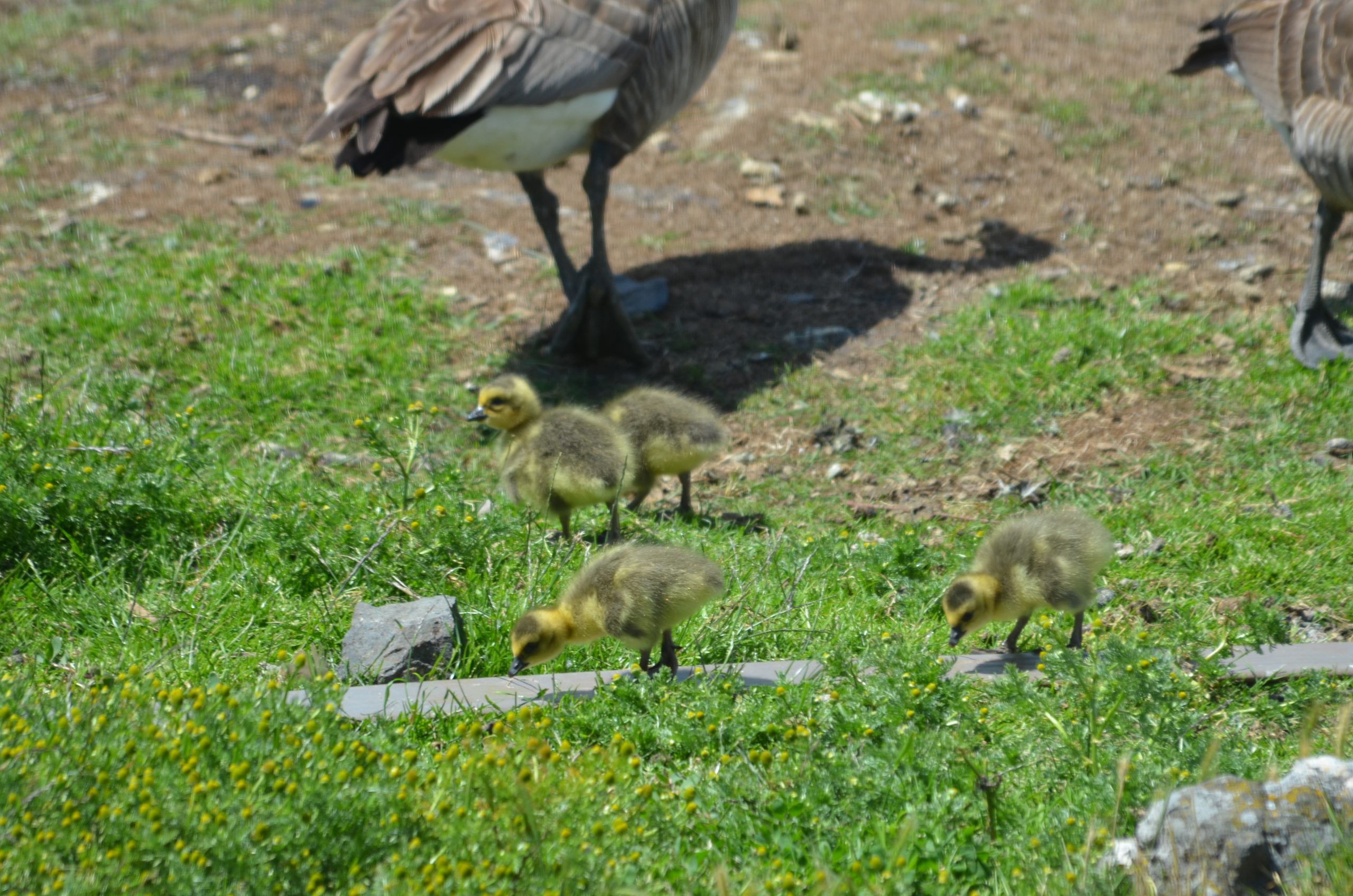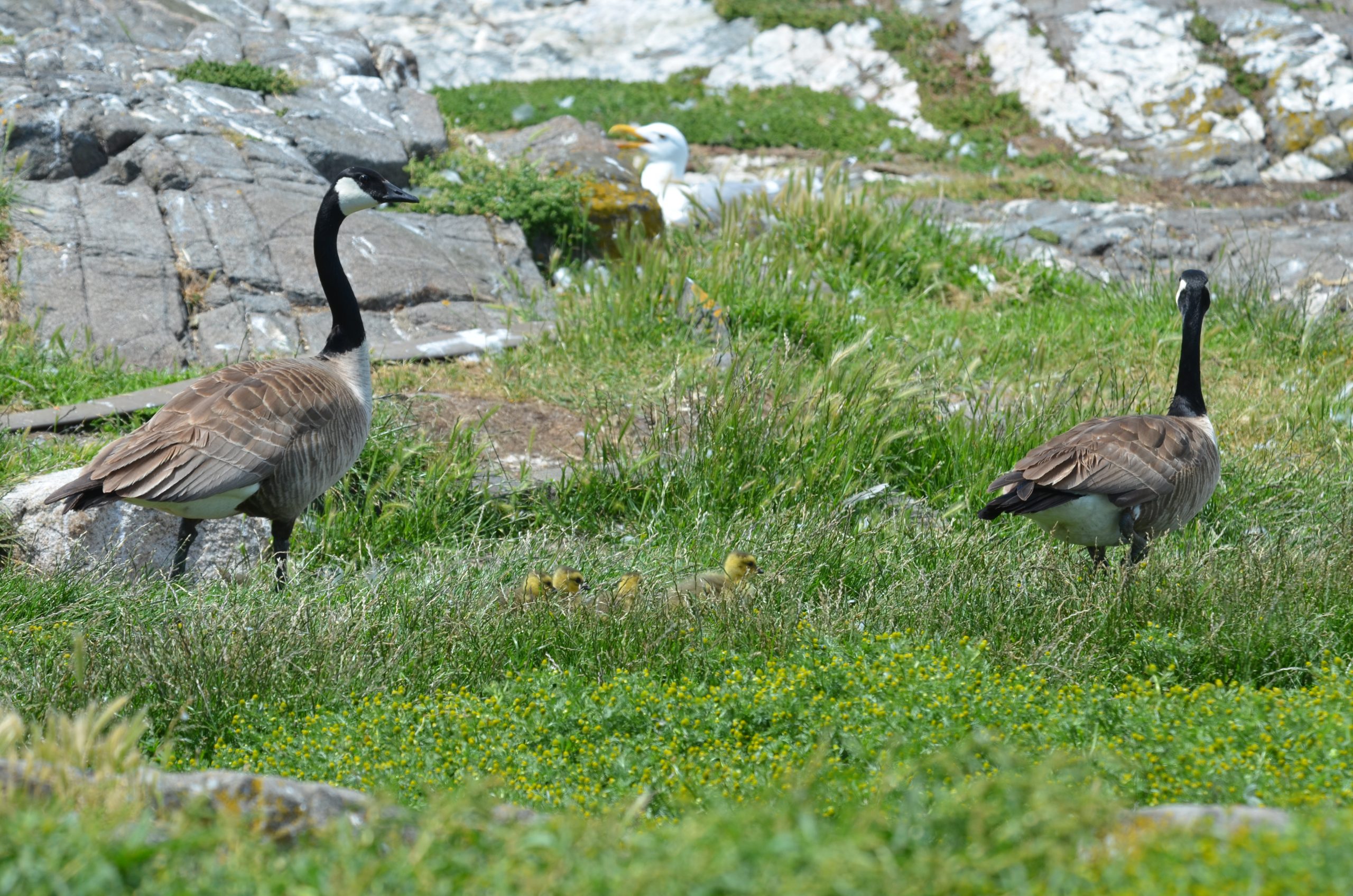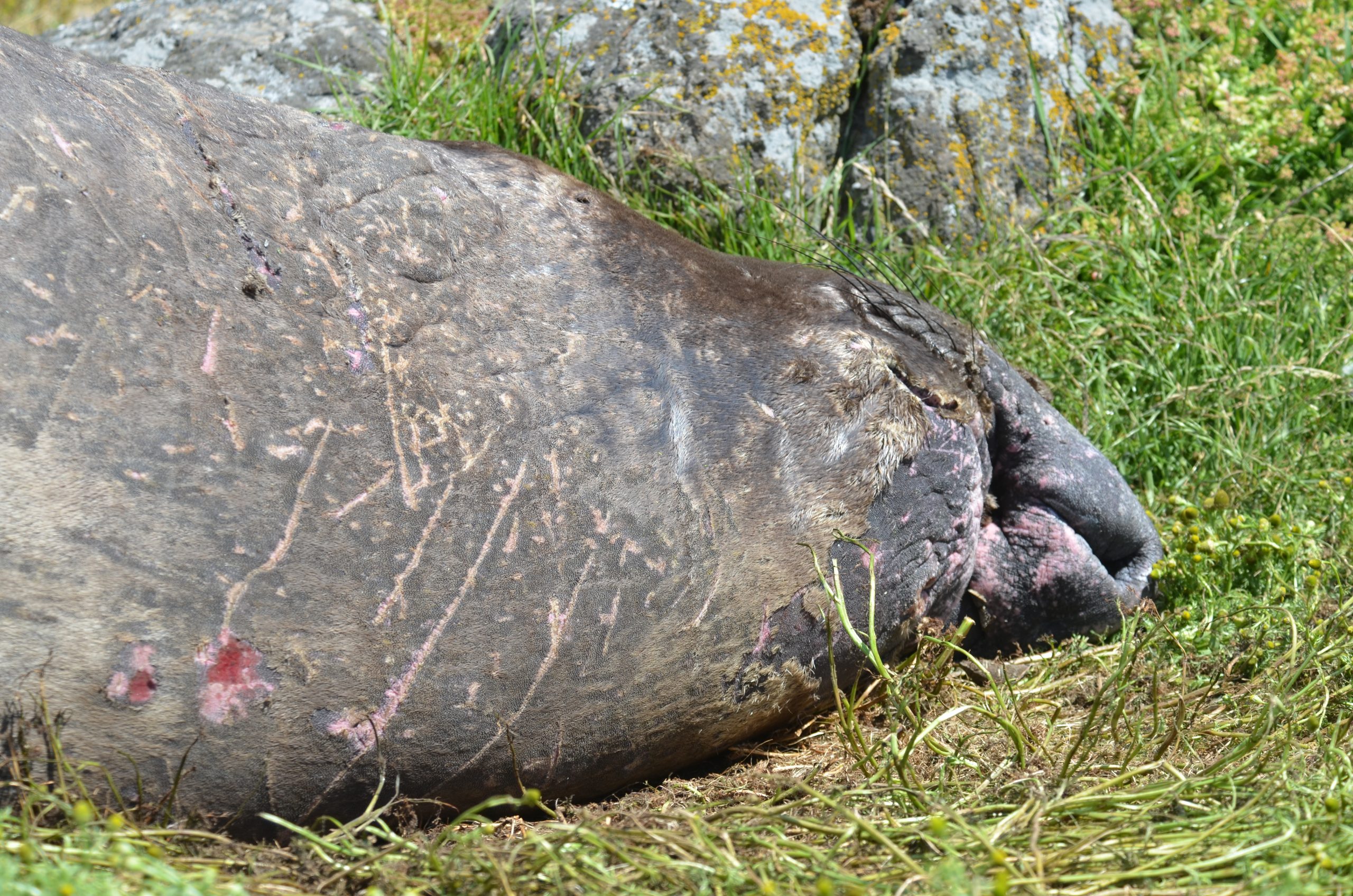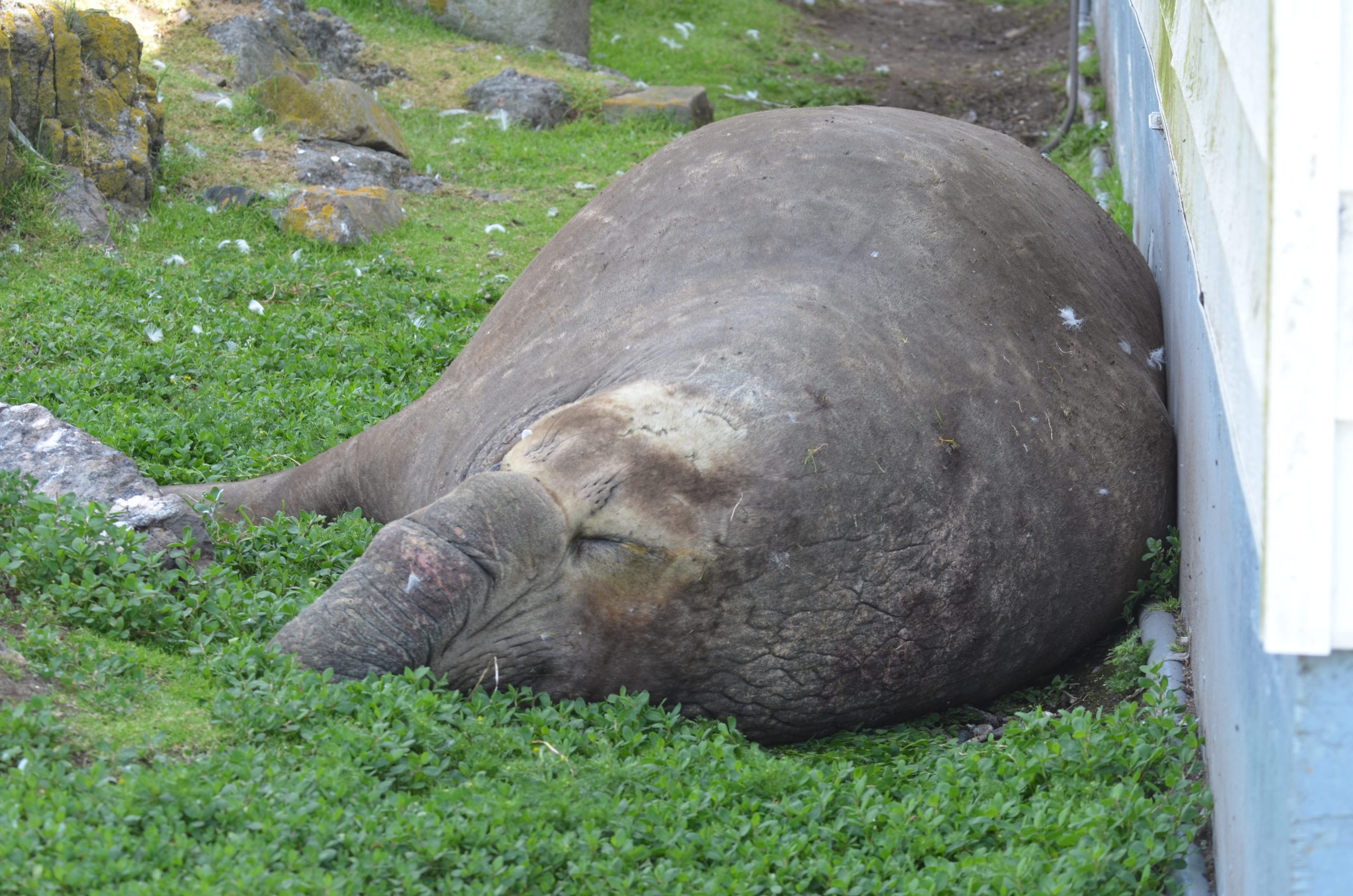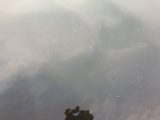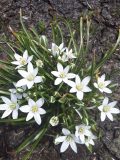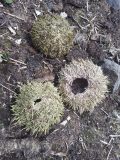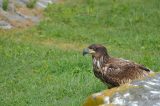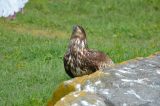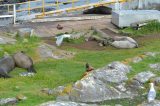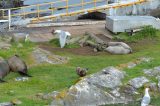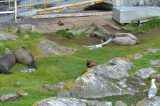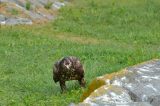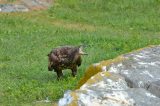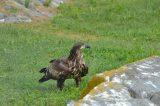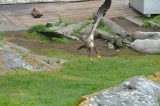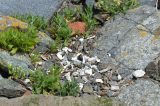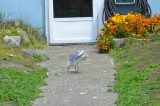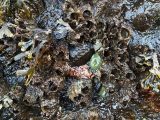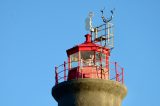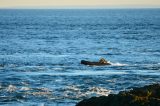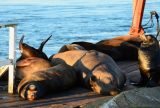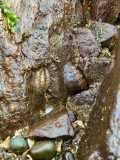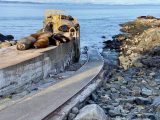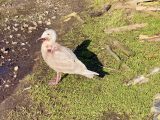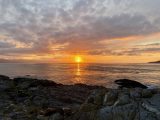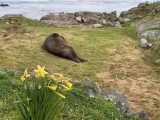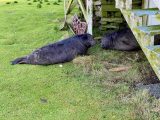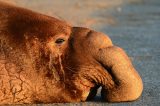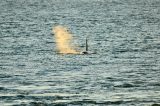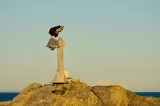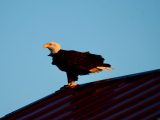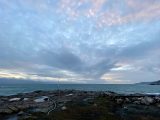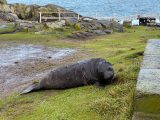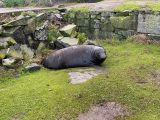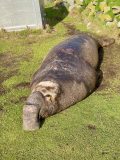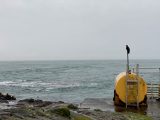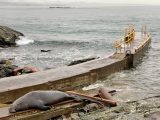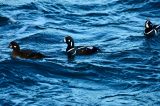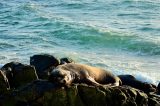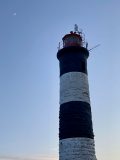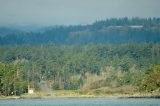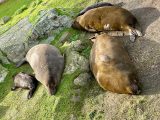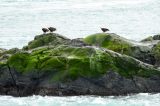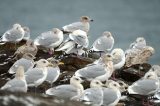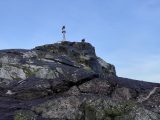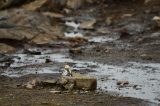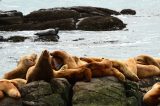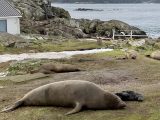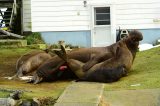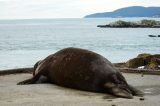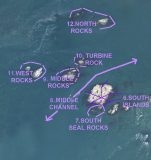Weather Today:
- Visibility 15+ NM
- Sky overcast, some sunshine in the afternoon
- Wind 0-5 knots NE
- Sea state calm, some interesting wave patterns due to currents in the mid day
Visitors:
- Greg visited with a contractor yesterday along with some island supplies
- Not too many visitors in the reserve this time of year. A steady trickle of eco-tourism boats on the less windy days, maybe 5-10.
- Yesterday we watched the HMCS Brandon leave from its home port, Esquimalt. An impressive vessel in capabilities and design, you can learn more about it Here if you are interested!
Ecological Notes:
- On Tuesday we were lucky to be present for a spectacular display of orcas in the strait, roughly 2 NM to the S of Great Race Rock. The pod seemed to be hunting something, perhaps a sea lion. It was an incredible sight to observe, with the whales flying out of the water and slapping the surface with their tales.
- We continue to see humpback whales daily, surrounding the rocks here and a bit further into the strait. Most of the time we first notice the cloud of water that forms when they surface, exhale, inhale, and dive.
- Today we were joined by a small group of whales, smaller than humpbacks and not orcas (small dorsal fins). We are thinking that these could have been minke whales since they seemed larger than porpoises.
- Yesterday evening we found an adult glaucous-winged gull sitting in the intertidal near our jetty. It wasn’t moving and seemed to be positioned in an uncharacteristic way, with wings splayed. We weren’t able to identify any physical injuries, although noted that it wasn’t able to make any normal seagull noises, and seemed to be attempting to regurgitate something. We were hopeful that we might be able to transport it to the nearby wild arc rescue center nearby, but unfortunately it was deceased by this morning. We are wondering if it could have swallowed a piece of human trash that may have become lodged, although we were not able to see anything when we examined it.
- The sea lions are noisier than ever but seem to have found their places among the rocky intertidal. It is amazing to watch them fish in the early mornings, often surfacing with large salmon with a flock of seagulls close behind! I (Mara) noticed two young tagged sea lions this week that seem to be staying close to each other throughout their time here. It’s hard to say if this happens more often since it’s tough to identify individual animals among the over 1000 currently here!
Additional Notes:
- There has been quite a bit of blasting on the DND land over the past week to two weeks. Most of the time it is not unreasonably disruptive, but when there is a particularly large blast all of the animals on the island rush in the opposite direction.
- Soaking in some sunshine
- An incredible number of california gulls this week
- View of washington
- A lucky gull feasting on a regurgitated fish from sea lions
- A pair of ruddy turnstones dropping in
- Young california sea lion
- Stunning sunset last night
- Olympic mountain range peeking through sunset clouds

